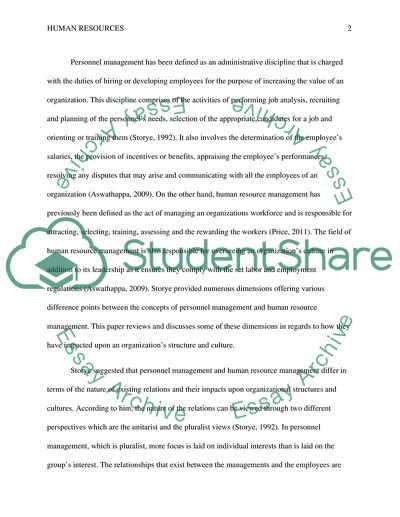Cite this document
(Human resources Essay Example | Topics and Well Written Essays - 1500 words - 1, n.d.)
Human resources Essay Example | Topics and Well Written Essays - 1500 words - 1. Retrieved from https://studentshare.org/human-resources/1892042-human-resources
Human resources Essay Example | Topics and Well Written Essays - 1500 words - 1. Retrieved from https://studentshare.org/human-resources/1892042-human-resources
(Human Resources Essay Example | Topics and Well Written Essays - 1500 Words - 1)
Human Resources Essay Example | Topics and Well Written Essays - 1500 Words - 1. https://studentshare.org/human-resources/1892042-human-resources.
Human Resources Essay Example | Topics and Well Written Essays - 1500 Words - 1. https://studentshare.org/human-resources/1892042-human-resources.
“Human Resources Essay Example | Topics and Well Written Essays - 1500 Words - 1”, n.d. https://studentshare.org/human-resources/1892042-human-resources.


